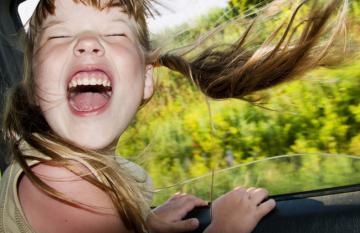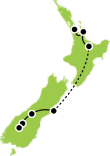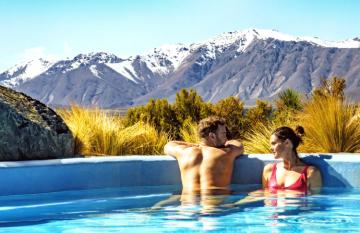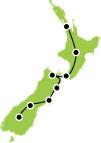
The several small towns of the Coromandel all offer good options for cafe style dining and evening meals, and if you are a keen foodie then you may like to pick up the 'Homegrown Food Trail' leaflet from one of the local I-Site offices. This leads you to some of the finest boutique wineries, smokehouses, cheese factories and more on offer. Seafood is a speciality of the region, so be sure to try some while you are in the area.
The Coromandel Peninsula 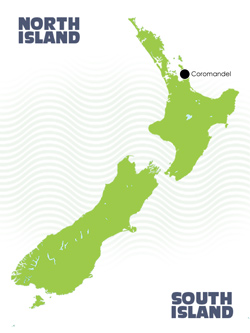
The Coromandel Peninsula lies east of Auckland, on the other side of the Hauraki Gulf.
The best scenery is over on the east coast, which is now an up and coming base for those 'Kiwis' seeking an alternative lifestyle away from the city bustle.
If you can drag yourself away from the coast, you will find rugged volcanic hills which are cloaked in native rainforest. Historically only visited by loggers and gum-diggers, a gold rush in the late 1880's brought miners thronging to the area, and many of the towns still retain the wooden houses and pubs from this period.
The Coromandel is particularly well-known for the attractions of Hot Water Beach, and the stunning coastal walk to Cathedral Cove, but there are many other less well-known gems such as kauri groves, waterfalls and wineries, many of which can be found along the unsealed inland roads such as Highway 309 between Coromandel town and Whitianga.
Despite being relatively busy during the peak holiday seasons, the Coromandel Peninsula is an area of great natural beauty, and highly recommended for a few days exploration.
The coastal nature of the Coromandel makes it a brilliant choice if you like to fish, surf, dive, swim or wander along beaches. For contrast you can head for the hills and hike the trails in the forest.






